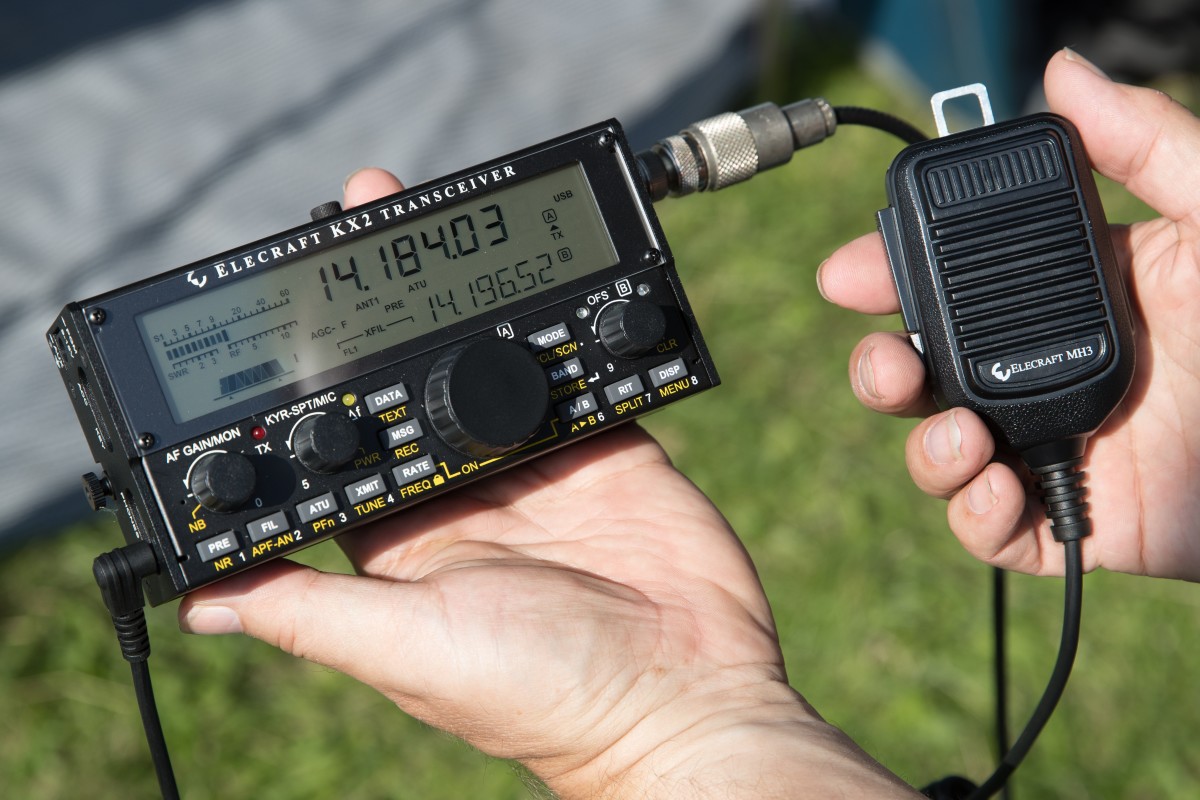These codes are also different depending on the type of communication they are engaged in. Passing traffic will have a rigid set of codes while contesting will have just a few that expedite the exchanges. Ragchews will use the most basic ones and CW will use some codes and more abbreviations. If you are working other countries, there will be a few that help with language barriers, and can also speed up the contact when needed.
License Grades
Before getting into the ham radio terminology, I just want to briefly explain the license grades. There are three different levels of licenses that each require a test. These tests have to be done in order and get progressively harder. You will earn more frequencies to use with each passing grade.
The Q Codes
There are a set of well over 100 Q codes that are used in other areas of communications. Amateur radio operators have adopted some of them as their ham radio terminology for clear and faster exchanges. Some of these are: QTH—Your home or present location QRM—Man-made noise QRN—Natural noise QSB—Signal fading QSL—Yes, affirmative, copy, understood, confirmed QRT—End of operation, shut down QSY—Switching frequency
Morse Code Terminology
Morse code has its own set of codes used to shorten and speed the contacts with less sending. These consist of cut numbers that shorten the number characters. In cut numbers, short letters are sent in place of the longer number characters. Abbreviations are used to shorten words, while prosigns are two letter groups that have a specific meaning. Then there is a RST reporting system for all of ham radio. It consists of two numbers for most modes and three character for Morse code. There are also words that explain certain conditions that are experienced during CW.
Cut Numbers
Abbreviations
Prosigns
BK = Break, turn over SK = End of communications, silent key BT = Pause AR = End Transmission, turn over K = Go Ahead KN = Only you go ahead
RST Reporting System
The RST system was invented in 1934 by amateur radio operator Arthur W. Braten. It was first used for Morse code and later on for SSB and now for most of the modes. For Morse code there are three grades that consist of readability, signal/strength, and tone. The single side bands only use two: readability and signal/strength.
Readability
Strength
Tone
Suffixes
Suffixes were added the the RST system to deliver more data and report conditions of the signal. These are no longer used on a regular basis. They consist of: A = Signal distorted by auroral propagation C = “Chirp” (FSK and CW) K = Key clicks in CW M = Distorted by multipath propagation S = Signal distorted by scatter propagation X = Stable frequency (Old crystal controlled radios)
Ham Radio Terminology
There are many things to learn in Ham radio that make it such a wonderful hobby. Many Hams also see it as a way of life, or even earn their living from selling or repairing the equipment. Whichever one you choose, get involved and have fun with it. Always respect it, and be the best operator you can be.
Ham Radio Participation
The hobby of ham radio can be as simple as operation with just a handheld transceiver. With a handheld and a hotspot, you can work the world with the use of the internet. It can also be as elaborate as setting up a tower or multiple towers with thousands of dollars of equipment. You can work the world in this manner by talking directly from your radio to theirs. You can also fall in between with a high-frequency radio and a wire antenna and still work to hundreds of countries. Whichever route you take, you are guaranteed to have fun and learn along your path.
Ham Radio License
Get your Ham radio license and join the community! This content is accurate and true to the best of the author’s knowledge and is not meant to substitute for formal and individualized advice from a qualified professional. © 2022 Vince Alvino



